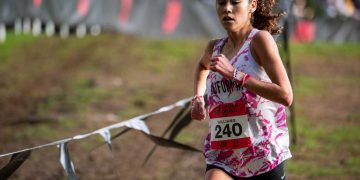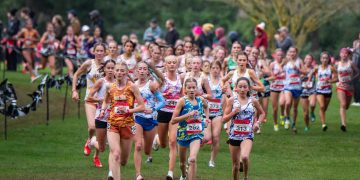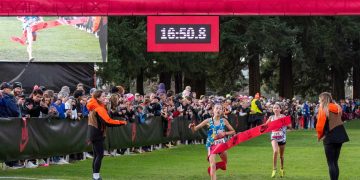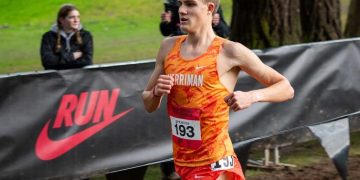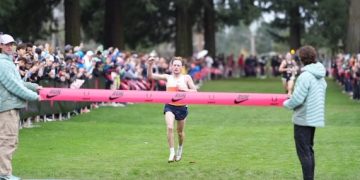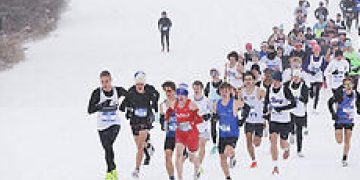Yes, dear readers, your fave blogger is back, rested and relaxed after six days of R and R. I am now off to a weekend following the Nike Women’s marathon this weekend! As you have your bagel and coffee this morning, enjoy this thoughtful opine as I jet off to San Francisco. More good stuff tommorow!
A time to rest–the relevance of rest and recovery in training systems
For many of the elite track athletes, their season did not end until the end of the first week of October! Now, there is a quite lucrative series of track meets in Asia as the sporting world builds up to the Beijing Olympics.
It is a fact of life that our sport has gone the way of most professional sports. I do not bemoan the fact that there is money in our sport. I do request two things–that the athletes be clean, and that the sport still focus on the competition.
No matter how tough an athlete is, no matter how many events an athlete can do in the year, there is a time when one has to rest.
Why?
Resting allows the body to recover, it allows the body to replenish, and it will allow the mind to do both recover and heal as well. If done properly, the athlete will come back better than ever, ready for another year, another series of races.
Resting also allows the psyche to replenish, and look forward to the upcoming season, by changing priorities for a few weeks, and catching up on rest, travel, family and friends. This was made especially real to me my last two years in college, when I adopted a training plan based on two peaks a year, with 26 week programs, including two weeks of rest at the end of each season. I had read about programs that Rod Dixon and John Walker had used, where they would build up their endurance, work on hill work, develop speed, race for six weeks and then regroup. This system worked for me, and my personal bests continued to improve, season after season. The rest time coincided most seasons with finals in college, so that was a side benefit.
A championship season, where the elite athlete can compete from January through October, is quite difficult. There has to be events to point to and events to consider as part of the training buildup. The mental, physical and lifestyle challenges of ten month seasons should be considered-such a long season must shorten an athletic career.
As the old season ends, and the recovery time begins, the athlete and coach can consider how well their best laid plans went for the previous year, sharpen their approach for the next year and recharge the engines for both coach and athlete.
For more on rest and recovery, check coaching education on www.american-trackandfield.com.
RelatedPosts
Author
-

Larry Eder has had a 52-year involvement in the sport of athletics. Larry has experienced the sport as an athlete, coach, magazine publisher, and now, journalist and blogger. His first article, on Don Bowden, America's first sub-4 minute miler, was published in RW in 1983. Larry has published several magazines on athletics, from American Athletics to the U.S. version of Spikes magazine. He currently manages the content and marketing development of the RunningNetwork, The Shoe Addicts, and RunBlogRun. Of RunBlogRun, his daily pilgrimage with the sport, Larry says: "I have to admit, I love traveling to far away meets, writing about the sport I love, and the athletes I respect, for my readers at runblogrun.com, the most of anything I have ever done, except, maybe running itself." Also does some updates for BBC Sports at key events, which he truly enjoys.
Theme song: Greg Allman, " I'm no Angel."
View all posts


